Stick PC vs Chromebit: Which is better for you?
You can get a little stick running either Windows 10 or Google Chrome OS. But which should you spend your money on?
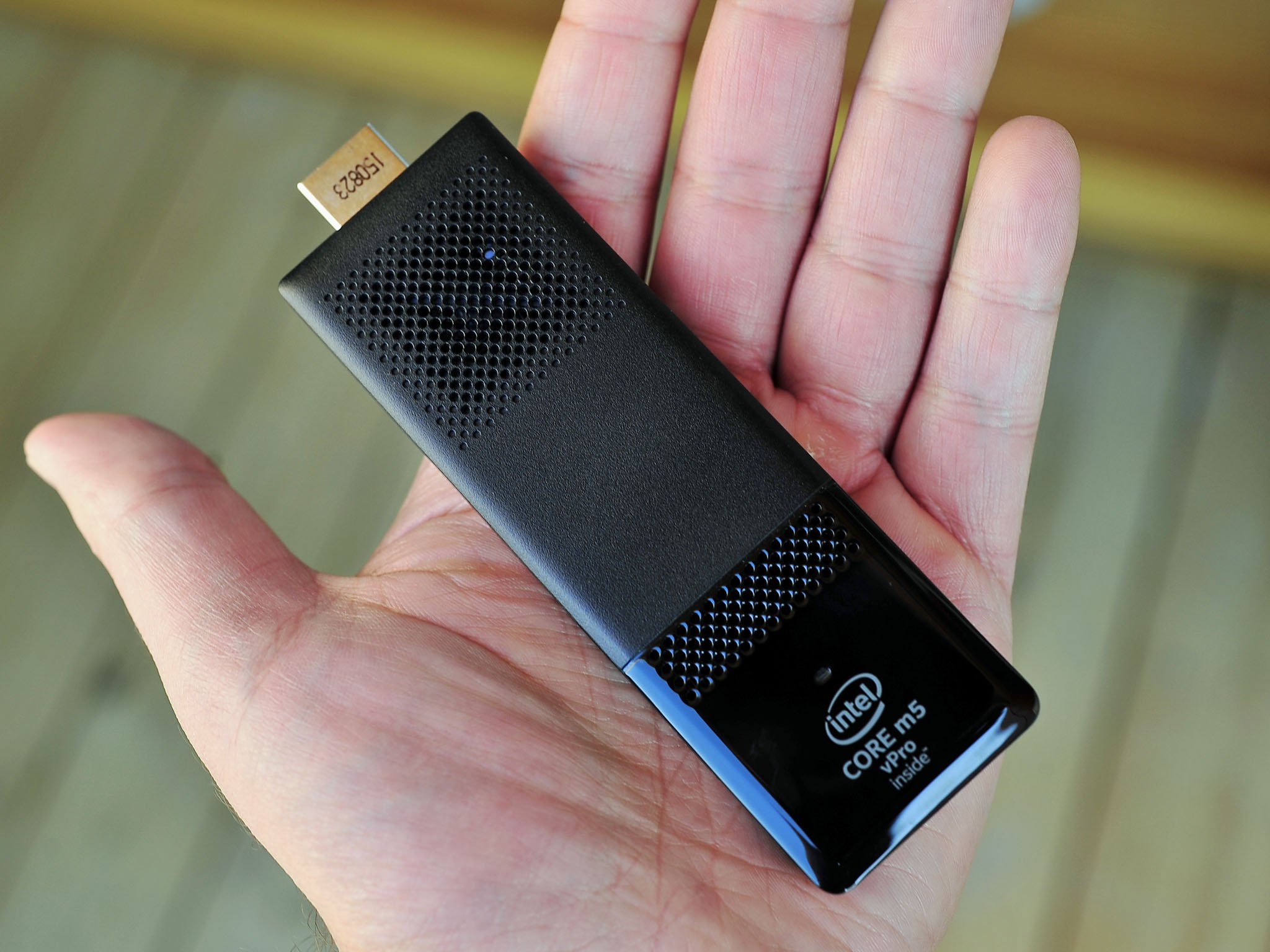

Portable computing in the present day is unlike anything we've ever experienced before. With laptops getting smaller and thinner, smartphones offering ever more like Continuum and the rise of the PC stick. Whatever you're looking for there's almost guaranteed to be something for you.
But, when it comes to getting a PC stick in particular, there is more to consider than just which Windows 10 one you should go for. There is also the other way. The Google way.
The Chromebit puts Google's Chrome OS in your pocket and on any display you connect it to. Visually it's the same kind of device as a PC stick with Windows 10, but which should you spend your money on? Let's examine.

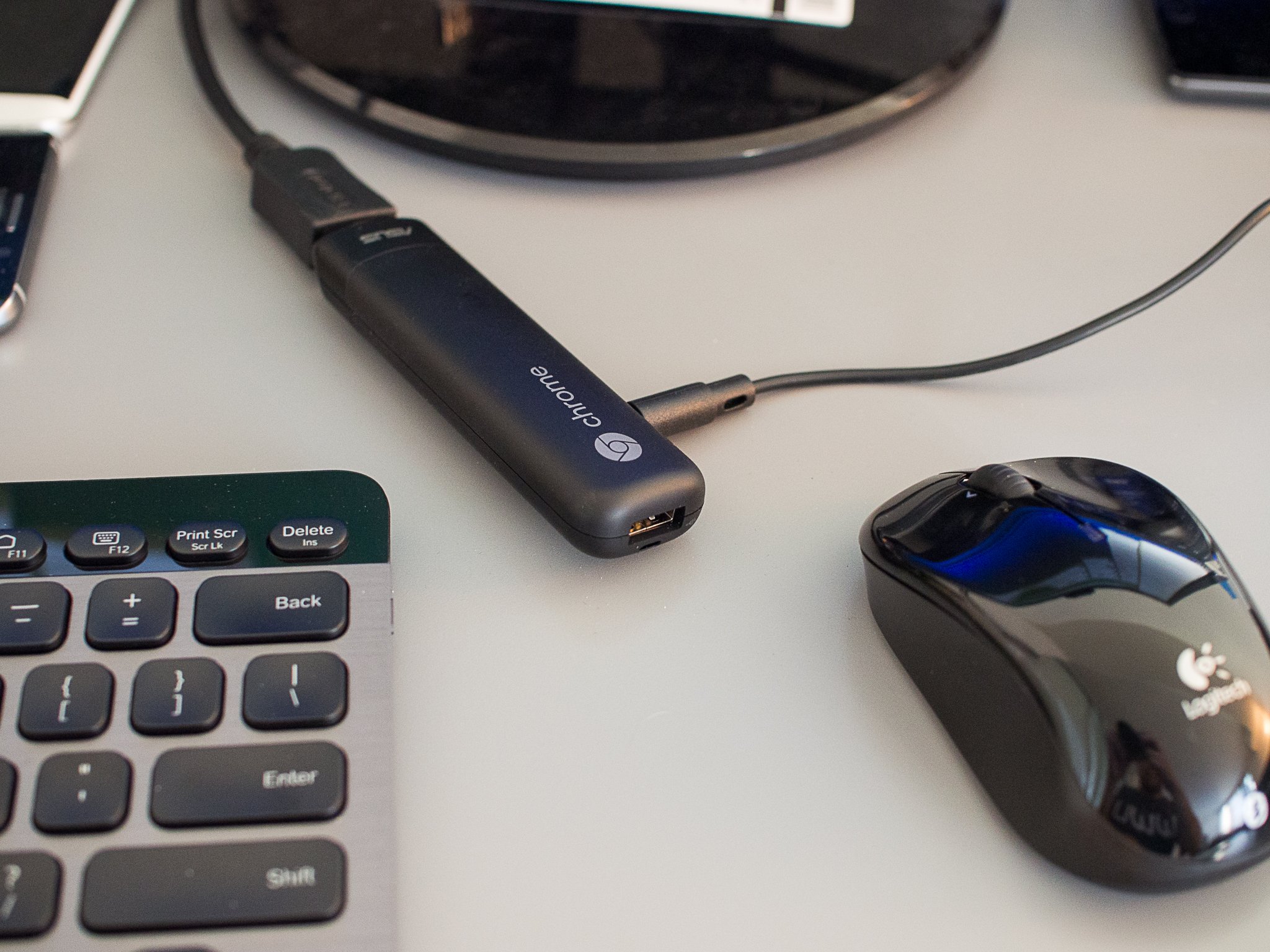
The case for the Chromebit
Google Chrome is the most popular desktop web browser on Earth right now. That means there's a decent chance it's what you also use on your PC. Chrome is a powerful browser with a huge ecosystem of apps and extensions that you can add to it, and by extension, Chrome OS.
To say that Chrome OS is 'limited' is short-sighted. Yes, it's not as feature-packed as Windows 10 and you can't use 'traditional' desktop applications on it. But the world of web apps is much larger than it once was. Even if you're reliant on Microsoft Office apps in preference to Google's own, you've Office Online to use. Anything available in the Chrome Web Store can be used on a Chromebit, and that's a lot of apps. All the major content services have web apps, too, so you're not going to miss out on your Netflix or your Spotify.
Google can also offer seamless updates to Chrome OS which means you're up to date, all of the time, with crucial platform and security enhancements. There aren't any complex menus and options to worry about, with the operating system being light and user-friendly if lacking in overall performance in places.
Ultimately if you spend most of your time inside a web browser then a Chromebit could be an ideal option for you. All at a low asking price, too.
All the latest news, reviews, and guides for Windows and Xbox diehards.
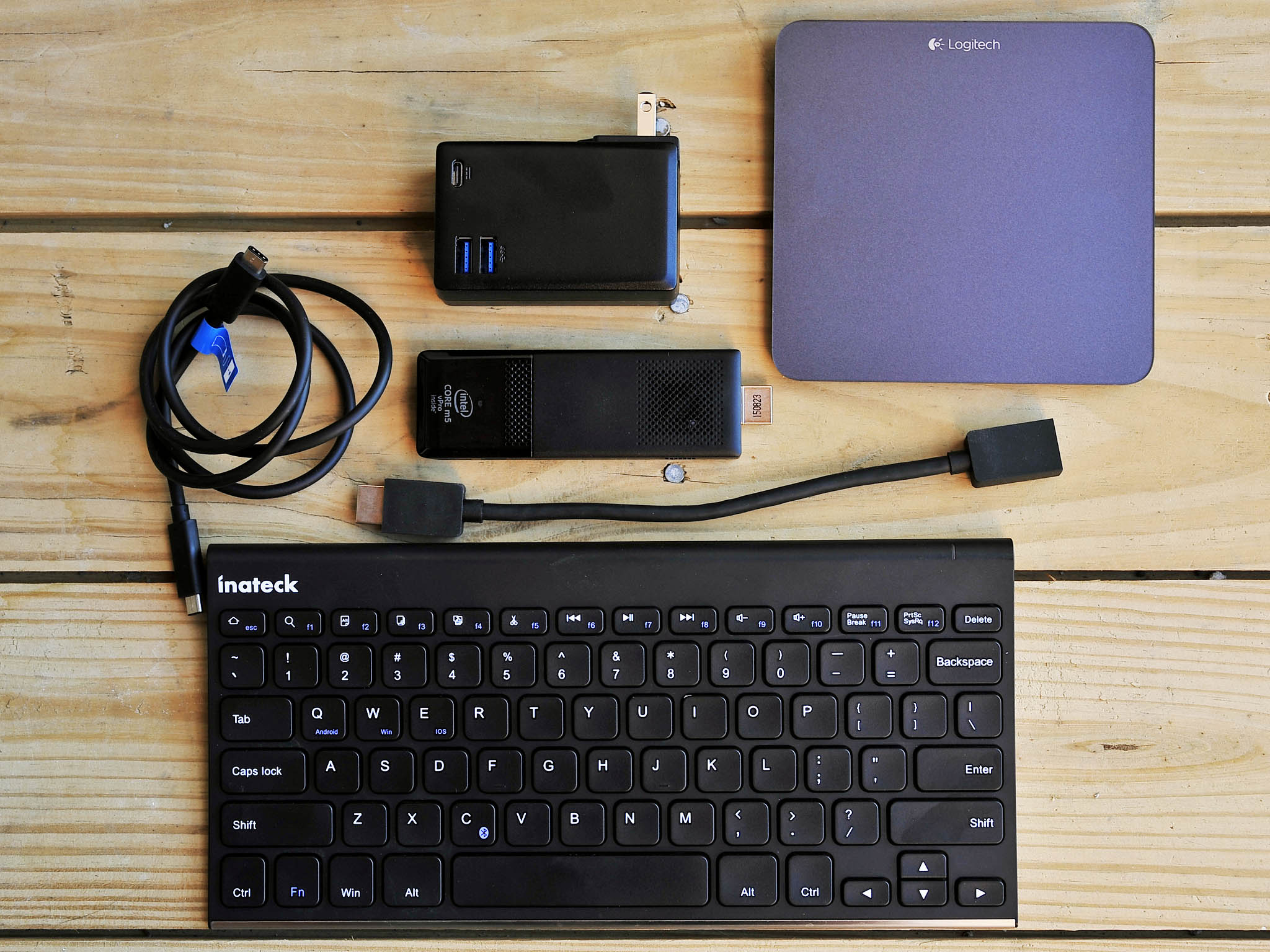
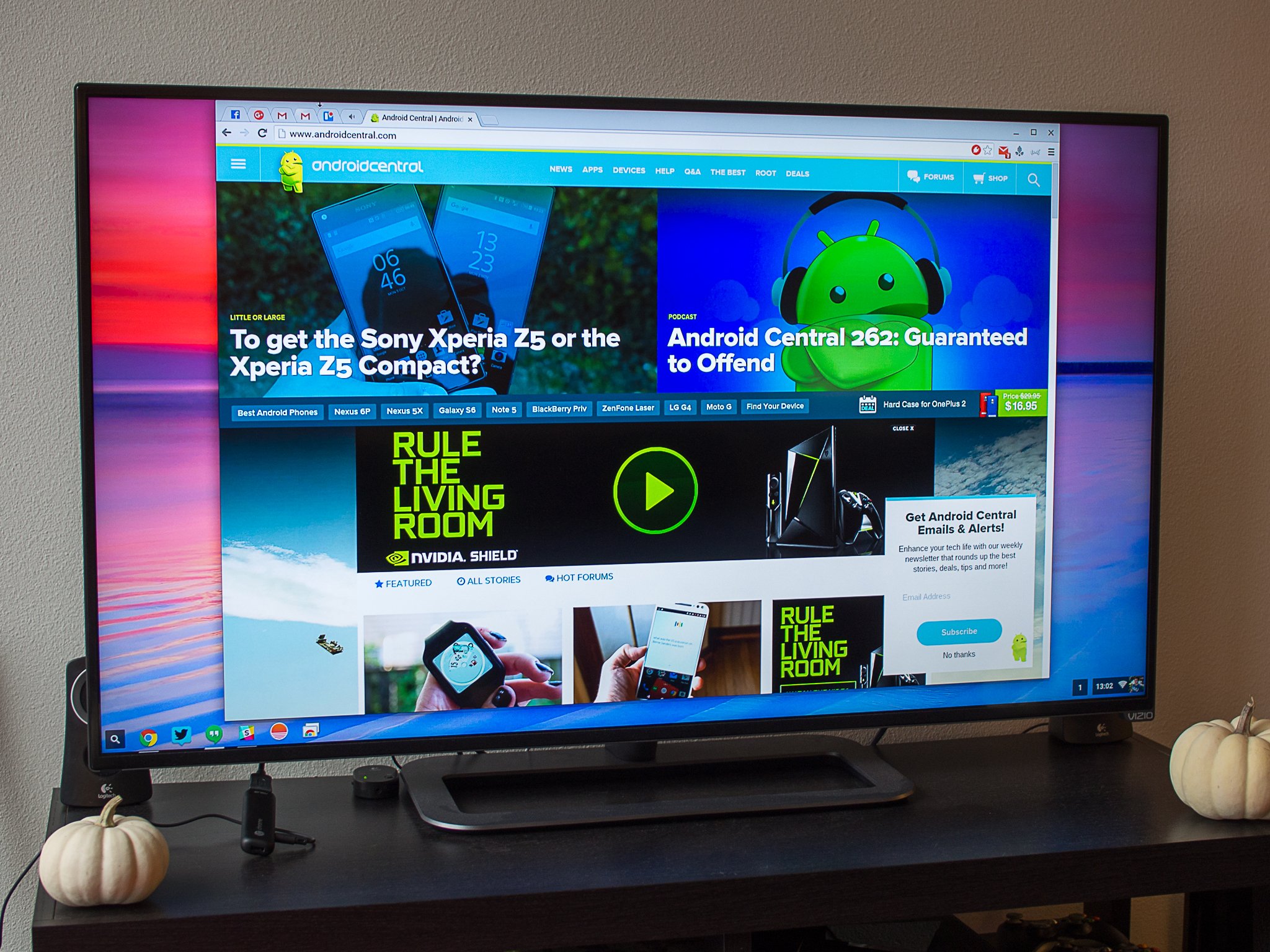
The case for the Windows PC stick
The biggest point here is Windows 10. Web apps are great, but sometimes you just need a native, desktop application for something. That you can run a full version of Windows 10 on something that fits in a pocket such as this is remarkable.
What you have access to is the Windows Store as well as any Win32 applications you need to run from elsewhere. The hardware will limit how much you can use, but if the specs fit and you have space then you're good.
And let's not forget, you can also run the Chrome browser on Windows 10, so you still get access to most of those apps available on Chrome OS.
The PC stick can be used in a variety of ways, depending on what you want it for. With Plex or Kodi you have an entertainment hub that slots into a HDMI port, likewise with apps like Netflix, Groove, and Hulu. You don't have to make do with web versions of apps like Office, either. Anything you can do on a desktop PC or a laptop, within reason, you can do on a PC stick.
You can also splash the cash and get something like Intel's Compute Stick with a Core m processor. Expensive, perhaps, but it's as powerful as some laptops. Or you can spend much less and get a lesser performing stick but save a bundle.
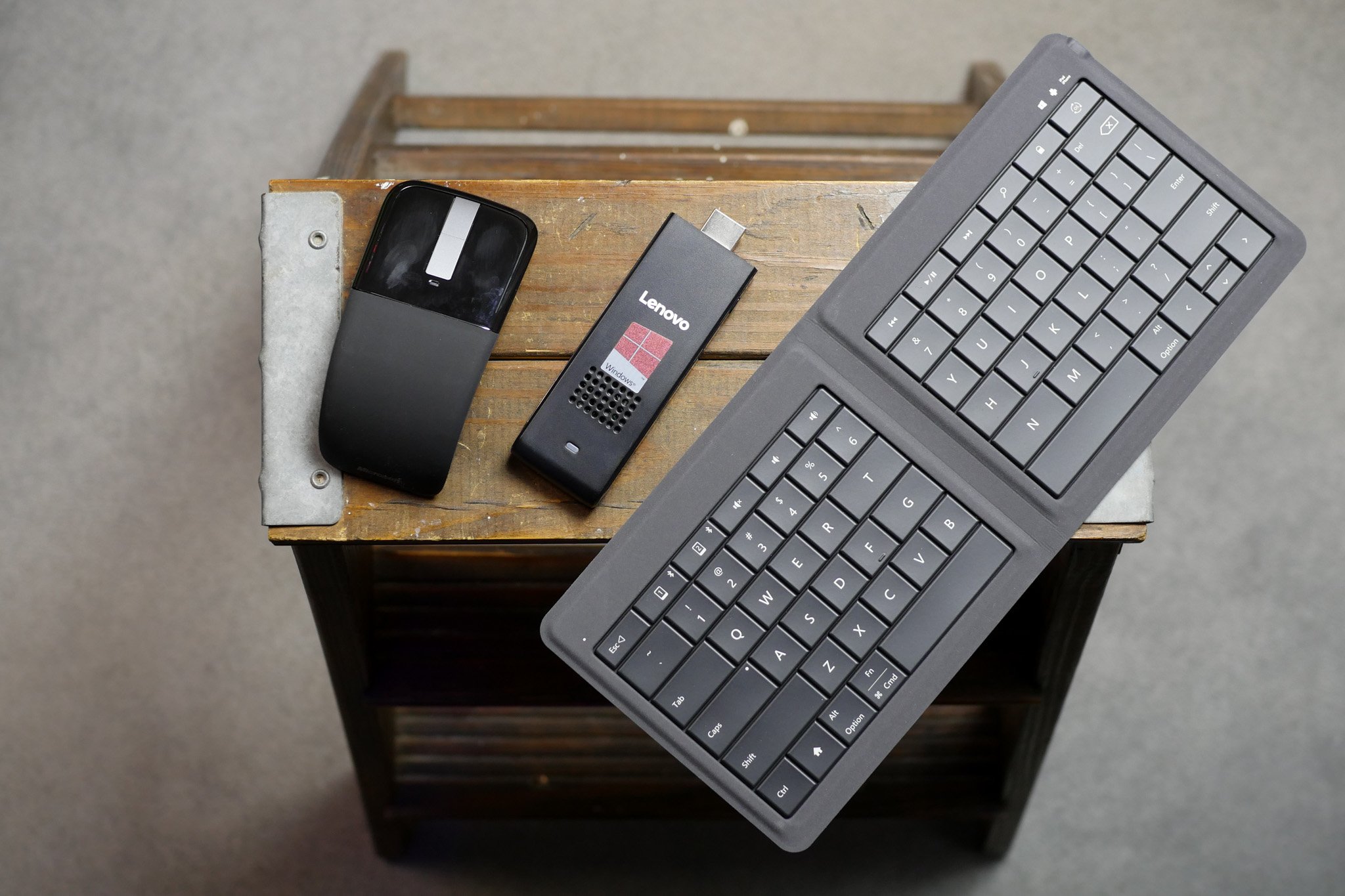

Any drawbacks?
In both cases performance can be an issue, especially if you're trying to multitask. Lots of browser tabs or apps open at the same time can make either chug. Unless you stump for a Core m PC stick you have to remember that you're dealing with decidedly entry-level hardware on both fronts, so there are limitations to what you can accomplish.
You also have to factor in that you need a keyboard and mouse to use either a PC stick or a Chromebit. You can spend a little or you can spend a lot, but it's something you will need to have and something else to carry around with you if you're taking them on the road. At some point, though, the price approaches that of a cheap Windows 10 laptop or a Chromebook, both of which you can also plug into a larger display. Less elegant, but still the same end result.
And while you don't really need local storage with a Chromebit, you don't have the option to use a memory card with one, either. You do get that luxury on a number of PC sticks. It doesn't matter why you need to use it, you only can with one of them.
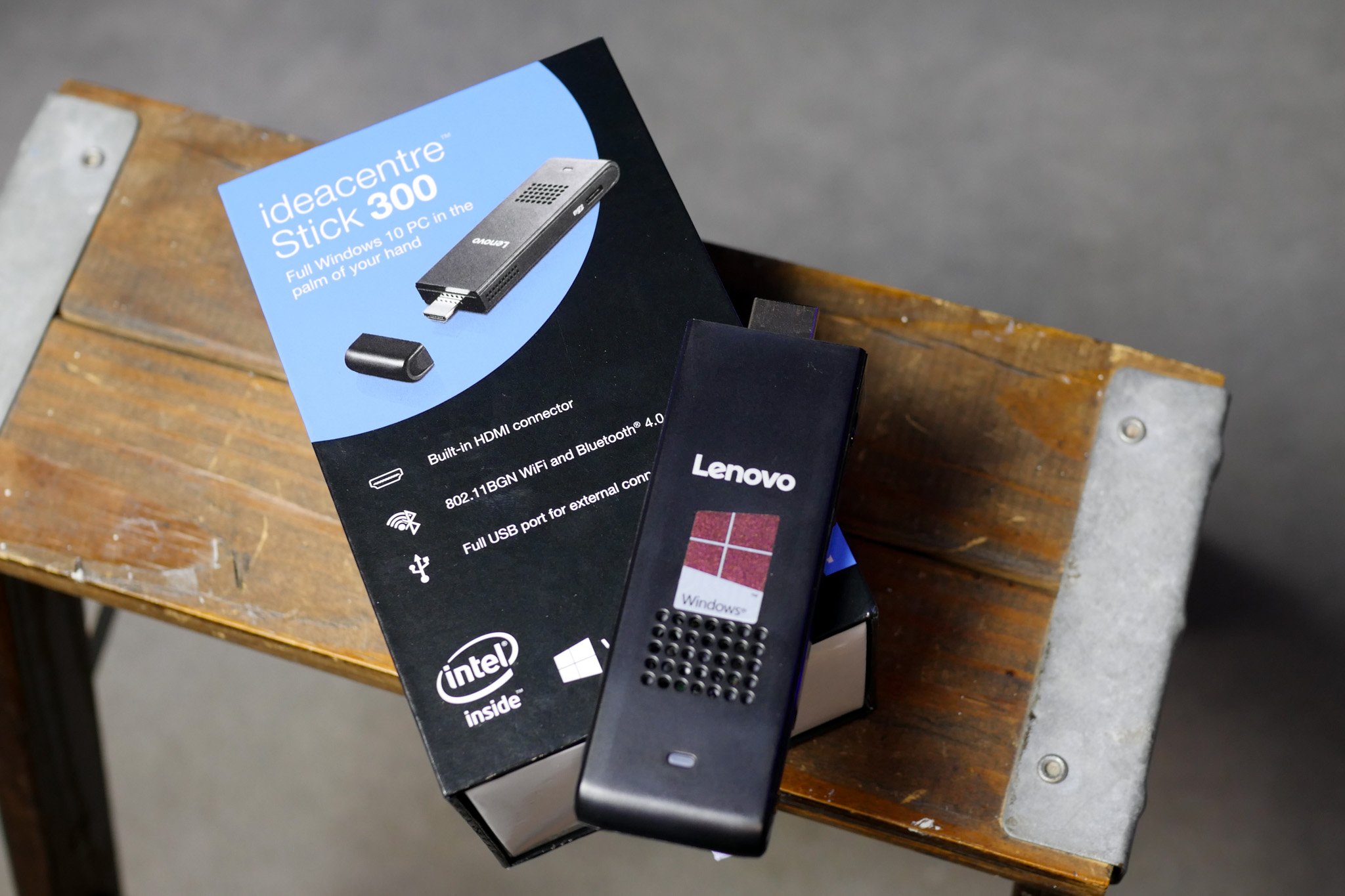
The bottom line
At a similar price for each, our recommendation would be a PC stick if you want to do anything that needs software outside of a browser. In this instance it's a no brainer, and Windows 10 is offered as a full operating system. Chrome OS is better than ever, but it's still not Windows. If you live inside Chrome, then punt for a Chromebit.
But, with so much to choose from in terms of getting a PC stick, even some higher end options, you've more chance of finding a good deal on the right product for you. Google's hardware ecosystem is nothing like that which uses Windows, so your choices are more limited.
Neither of these two products are perfect, but on balance the Windows 10 PC Stick has more to offer — even Google Chrome.

Richard Devine is a Managing Editor at Windows Central with over a decade of experience. A former Project Manager and long-term tech addict, he joined Mobile Nations in 2011 and has been found on Android Central and iMore as well as Windows Central. Currently, you'll find him steering the site's coverage of all manner of PC hardware and reviews. Find him on Mastodon at mstdn.social/@richdevine
